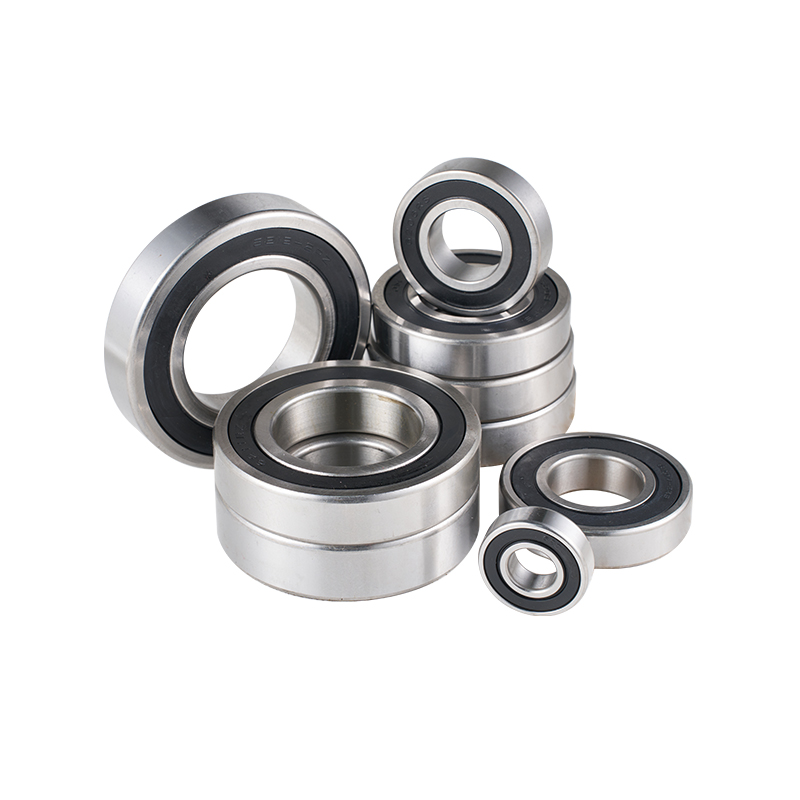In the rapidly evolving landscape of industrial machinery, the performance of engine ball bearings plays a pivotal role in determining the efficiency and longevity of high-speed engines. The intricate interplay of these precision components has a profound impact on the overall output, and this article delves into the significance of engine ball bearings, engine roller bearings, and equipment bearings within this context.

Engine ball bearings, as a critical component of high-speed engines, are designed to handle the immense rotational forces and stresses that arise during operation. Their performance directly influences the smoothness of the engine's movement, the reduction of friction, and the overall lifespan of the engine. By optimizing the performance of engine ball bearings, manufacturers can ensure that their engines meet the stringent requirements of modern machinery.
In parallel to engine ball bearings, engine roller bearings are indispensable in high-speed applications. These robust components are designed to withstand high loads and maintain consistent performance even under conditions. The precision engineering of engine roller bearings ensures that they can manage the high speeds without compromising on durability or reliability. As a result, engine roller bearings have become an essential part of the high-performance engine's arsenal.
Equipment bearings, which include both engine ball bearings and engine roller bearings, are the backbone of various industrial operations. Their performance is not just about maintaining the engine's efficiency but also about ensuring the overall stability and safety of the machinery. High-quality equipment bearings are vital for reducing downtime, minimizing maintenance costs, and enhancing the overall productivity of industrial processes. The performance of equipment bearings is, therefore, a critical factor that influences the success of any machinery-dependent operation.
One of the key factors in improving the performance of engine ball bearings and engine roller bearings is the use of advanced materials. Modern materials, such as ceramics and high-strength steels, offer outstanding resistance to wear and tear, allowing these bearings to operate at higher speeds and under more demanding conditions. The adoption of such materials has revolutionized the performance capabilities of equipment bearings, cause a new era of high-speed engine efficiency.
The precision engineering of engine ball bearings and engine roller bearings is another aspect that significantly affects their performance. High-precision manufacturing processes ensure that each bearing is tailored to meet the exact specifications of the engine it will serve. This level of customization is crucial for achieving good performance, as it allows for a great fit and minimizes the possibility of misalignment or failure. Equipment bearings that are manufactured with such precision are more likely to deliver consistent and reliable performance over time.
Looking ahead, the future of high-speed engine bearings is promising, with ongoing research and development focusing on further enhancing their performance. Innovations in materials science, engineering techniques, and bearing design are expected to push the boundaries of what is possible, cause even more efficient and durable engine ball bearings and engine roller bearings. As a result, equipment bearings will continue to play a central role in the advancement of high-speed engine technology.
The performance impact of high-speed engine ball bearings, engine roller bearings, and equipment bearings cannot be overstated. These components are the driving force behind the efficiency and reliability of modern machinery. By focusing on continuous innovation and improvement, the industry can ensure that these bearings continue to meet and exceed the performance expectations of demanding applications.



 English
English русский
русский
